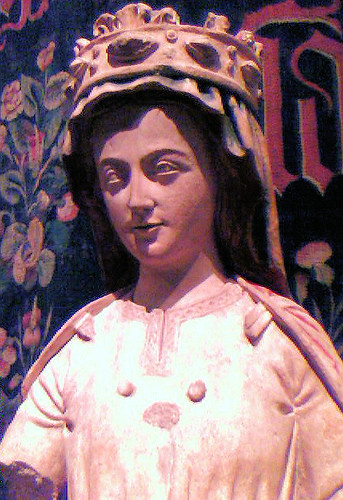At Gare du Nord descend one level from the main platform level (there are multiple escalators) and follow the signs for RER Line D. This is at the opposite end of the station to the Eurostar platforms. (The RER is the suburban Paris overground train network – although this journey is all underground.)
Usually the trains are for Melun or Malesherbes and leave from platform 44. When there was once a track problem I have seen them go off 42.
If you’re doing this journey regularly, or travelling around Paris sometime soon, you can buy a carnet, a book of 10 tickets, from the ticket window or machines. You can also use these on the Metro.
Each journey in zone one (which this journey is) requires one ticket – hang on to it when you’ve entered the station as ticket checks are quite common. Alternatively you can just get a single ticket.
It is two stops to Gare de Lyon. On the platform there, head up one lot of escalators following signs for “grandes lignes” out through ticket gate, then up another lot of escalators.
There’s only one tricky thing here – there are blue platforms (designated with letters) and yellow (designated with numbers). Before there is a platform known for trains there will be a blue or yellow square on the indicator board. It is important to note this, since it is at least a five-minute walk between the two sets of platforms – easy to get caught some distance from where you want to be. (When boarding the train at Gare de Lyon, do be aware that you are supposed to stamp your ticket at the platform entrance first.)
Continue reading
